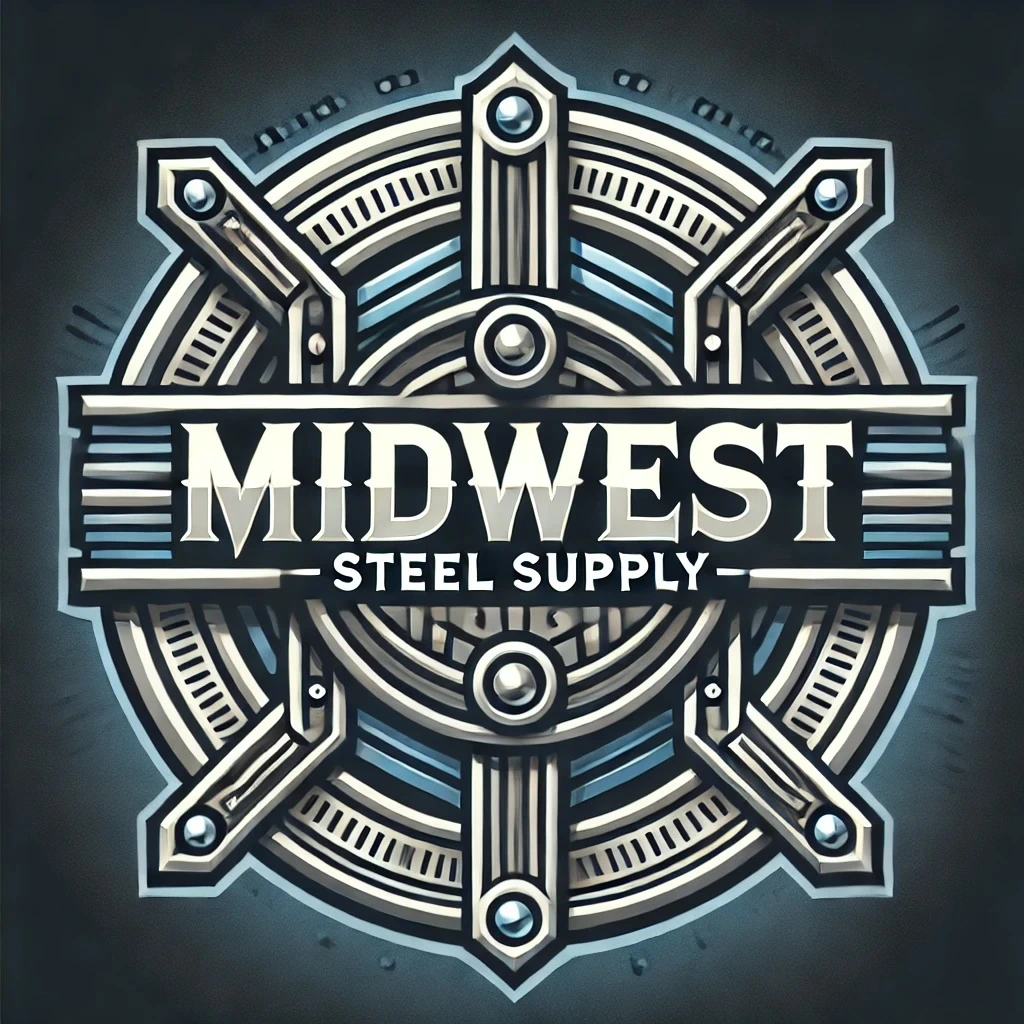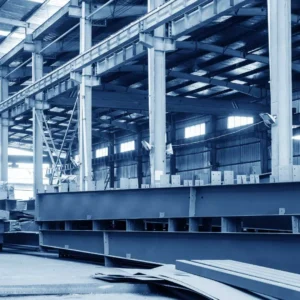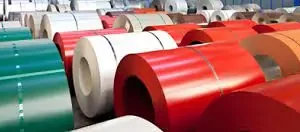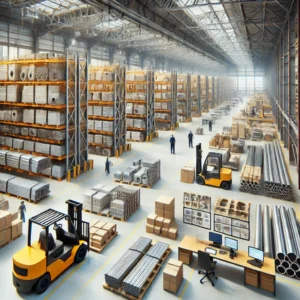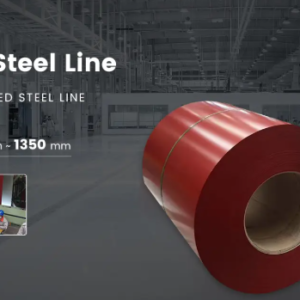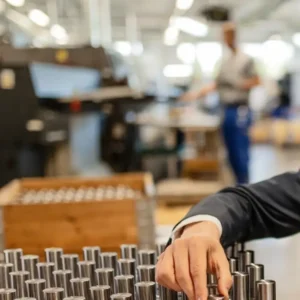Iron and steel industry in China
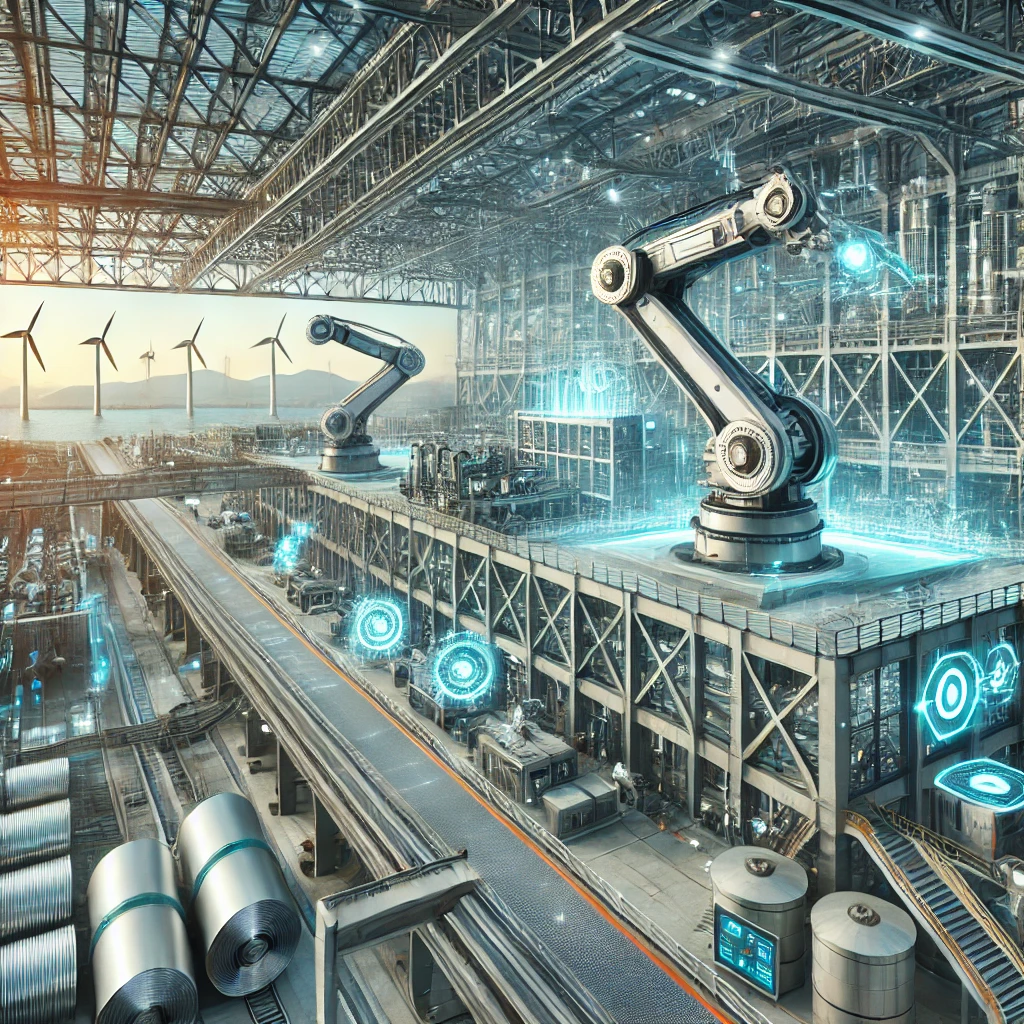
Iron and steel industry in China has long been a cornerstone of its economic development, propelling the nation into a leading position in global steel production. As of 2024, China accounted for more than half of the world’s steel output, underscoring its pivotal role in the international market. This dominance is not merely a reflection of scale but also of strategic adaptations to evolving economic landscapes, technological advancements, and environmental imperatives.
Historical Context and Growth
The rapid expansion of China’s steel industry began in the late 20th century, fueled by the country’s industrialization and urbanization efforts. Massive infrastructure projects and a booming real estate market demanded vast quantities of steel, leading to unprecedented growth in production capacities. However, this expansion also resulted in overcapacity and environmental concerns, prompting the government to implement reforms aimed at promoting sustainable development within the sector.
Technological Innovations Driving Efficiency
In recent years, technological innovation has become a linchpin in enhancing efficiency and sustainability within China’s iron and steel sector. The integration of artificial intelligence (AI) and big data analytics has revolutionized production processes. For instance, smart manufacturing systems enable real-time monitoring and predictive maintenance, reducing downtime and operational costs. Companies like Baowu Steel Group have adopted digital twin technology to simulate production processes, allowing for real-time adjustments that maximize output and minimize waste.
The adoption of electric arc furnaces (EAFs) marks another significant technological shift. EAFs utilize scrap steel, reducing reliance on iron ore and lowering carbon emissions substantially. Reports indicate that EAFs can cut greenhouse gas emissions by up to 70% compared to traditional blast furnaces. This transition aligns with China’s broader environmental goals and reflects a commitment to cleaner production methods.
Sustainable Practices and Environmental Initiatives
China’s steel industry is undergoing a seismic shift towards sustainability, driven by stringent environmental regulations and a growing demand for greener practices. The nation has recognized that traditional steelmaking methods contribute significantly to carbon emissions. In response, companies are investing in innovative technologies such as hydrogen-based steelmaking, which could cut carbon emissions by up to 95% compared to conventional methods. Additionally, the integration of renewable energy sources, like wind and solar power, into steel production processes is gaining traction, further diminishing the industry’s carbon footprint.P Market Research
The implementation of circular economy principles is also on the rise, with firms focusing on recycling and reusing materials to minimize waste. By 2025, the industry aims to increase the use of recycled materials significantly, with estimates suggesting that EAFs could account for over 30% of total steel production. These initiatives not only curtail pollution but also enhance global competitiveness as international markets increasingly favor environmentally responsible products.P Market Research
Market Dynamics and Global Demand
The Chinese commodities supercycle, which drove unprecedented demand for materials like steel and iron ore, has concluded. The property market crisis and slower urbanization have led to decreased domestic demand for steel. Despite these challenges, China’s iron ore imports in 2024 reached a record high for the second consecutive year, totaling approximately 1.24 billion metric tons—a 4.9% increase from 2023. This rise was driven by lower prices and robust demand, particularly due to substantial steel exports. Steel exports surged by 22.7% to a nine-year high of 110.72 million tons, leading to global trade tensions and the imposition of anti-dumping duties by some countries.Financial Times+1news+1Reuters
Policy Measures and Industry Reforms
In response to overcapacity and environmental concerns, the Chinese government has implemented policies aimed at curbing excess production and promoting high-quality development within the iron and steel industry. The National Development and Reform Commission (NDRC) has called for production cuts to address low domestic demand and declining prices. For example, several steel producers in Xinjiang, including Xinjiang Ba Yi Iron and Steel Co., have begun reducing production in line with these directives. These measures align with China’s carbon emissions reduction goals and reflect a commitment to sustainable industry practices.China Daily SubsitesReuters+1AP News+1
Future Outlook
Looking ahead, China’s iron and steel industry is poised for significant transformation by 2025, driven by technological advancements and sustainability initiatives. The integration of AI and automation is expected to further revolutionize production processes, enhancing efficiency and reducing operational costs. The push towards carbon neutrality will likely see increased adoption of hydrogen-based steelmaking and other green technologies. As global demand shifts towards environmentally friendly products, China’s steel industry is adapting to maintain its leadership position in the market.P Market Research
Midwest Steel Supply: Bridging Global Demand
Amidst these industry transformations, companies like Midwest Steel Supply play a crucial role in bridging global demand with high-quality steel products. As a leading exporter, Midwest Steel Supply offers a diverse range of steel products, including galvanized steel, steel sheets, and various steel pipes. Their commitment to quality and innovation positions them as a reliable partner in the evolving global steel market. For more information on their products and services, visit their website at https://midweststeelsupply.org/.
In conclusion, China’s iron and steel industry stands at a crossroads, balancing between maintaining its global dominance and adapting to new economic and environmental realities. Through technological innovation, sustainable practices, and strategic policy measures, the industry is navigating these challenges, ensuring its continued relevance in the global market.
